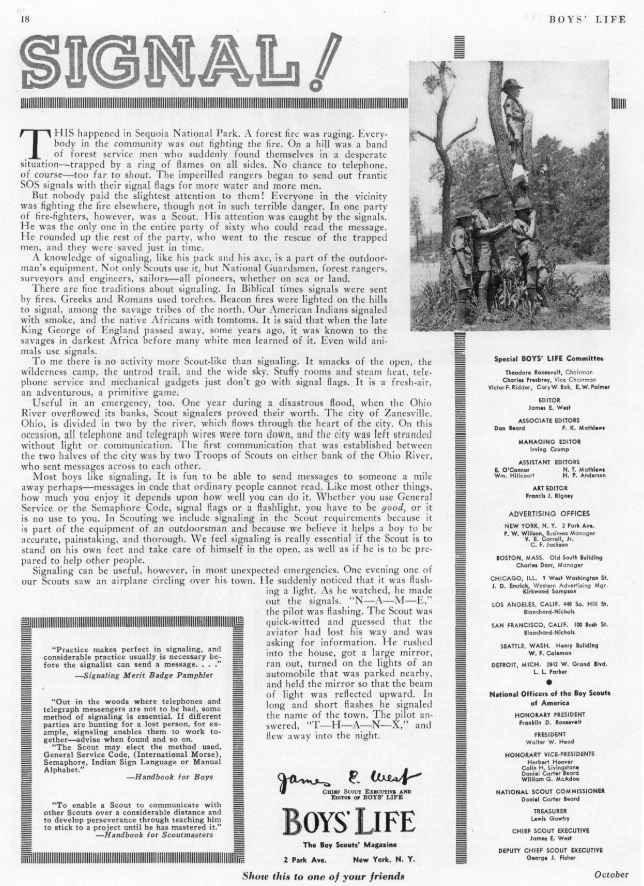 Eighty years ago this month, Chief Scout Executive James E. West penned this editorial in the October, 1939, issue of Boys’ Life, stressing to Scouts the importance of the skill of signaling.
Eighty years ago this month, Chief Scout Executive James E. West penned this editorial in the October, 1939, issue of Boys’ Life, stressing to Scouts the importance of the skill of signaling.
He noted that signaling was included in the Scout requirements because it was “part of the equipment of an outdoorsman” and helped a boy to be “accurate, painstaking, and thorough.”
He began by recounting an episode that took place in Sequoia National Park during a raging forest fire. One crew was at work on a hill when they found themselves trapped by flames on all sides. Frantically, they began signaling with their signal flags for water and more men.
But everyone else in the region was busy fighting the fire and initially nobody noticed their frantic plea. Fortunately, however, another fire fighter had been a Scout, and the signals caught his attention. Out of a crew of sixty men, he was the only one who could read the message, but rounded up a crew to rescue his trapped colleagues, who were saved in the nick of time.
Also, during a flood in Zanesville, Ohio, the flood waters divided the town, and all telephone and telegraph lines were down. The first messages to get through were from Scout troops on the opposite banks of the river.
Another Scout saw a plane circling over his town, and noticed that it was flashing a light. Thanks to his knowledge of Morse Code, he made out the siganl “N-A-M-E.” The quick-witted Scout figured out that the pilot had lost his way. He got a large mirror, turned on the lights of an automobile, and flashed the beam of light upward, sending the name of the town. The pilot answered, “T-H-A-N-X.”
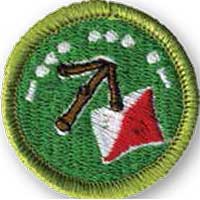 The tradition of Scouts learning signaling continues with the Signs, Signals, and Codes Merit Badge, which I counsel in the BSA Northern Star Council. I have more information about the Merit Badge at this post and this one. I also have links to advice from William “Green Bar Bill” Hillcourt.
The tradition of Scouts learning signaling continues with the Signs, Signals, and Codes Merit Badge, which I counsel in the BSA Northern Star Council. I have more information about the Merit Badge at this post and this one. I also have links to advice from William “Green Bar Bill” Hillcourt.
If you know any Scouts who are interested in earning the Signs, Signals, and Codes merit badge, I will be counseling it at the North Star Scouting Museum in North St. Paul, MN, on Saturday, October 19, 2019. For more information or to sign up, visit the museum’s website.
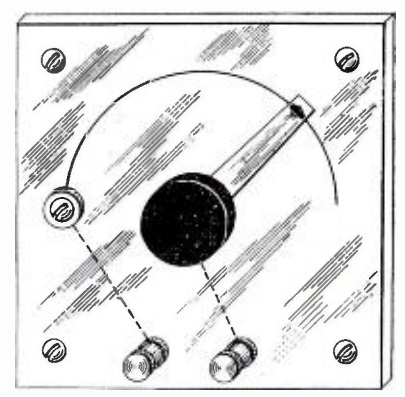 Yesterday, we presented a homemade headphone from a hundred years ago, from the October 1919 issue of Radio Amateur News. That issue also contained a number of other homemade parts, such as the variable grid leak resistor shown above, submitted by the aptly named Arno Kluge. The part is made on bakelite or rubber, and the resistance is formed by a line of India ink traced with a compass.
Yesterday, we presented a homemade headphone from a hundred years ago, from the October 1919 issue of Radio Amateur News. That issue also contained a number of other homemade parts, such as the variable grid leak resistor shown above, submitted by the aptly named Arno Kluge. The part is made on bakelite or rubber, and the resistance is formed by a line of India ink traced with a compass.
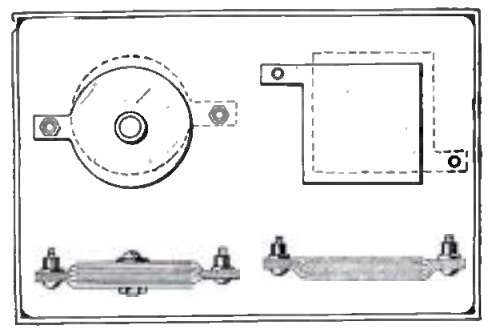
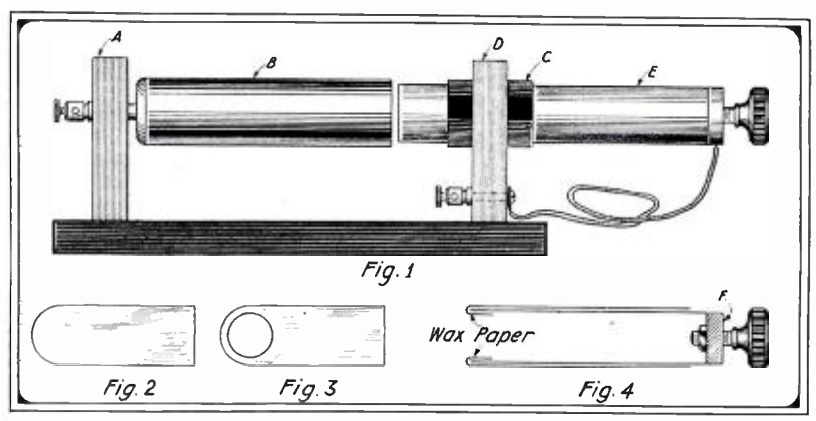
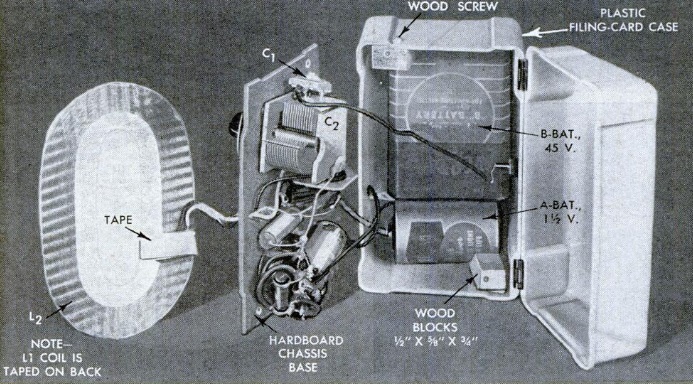
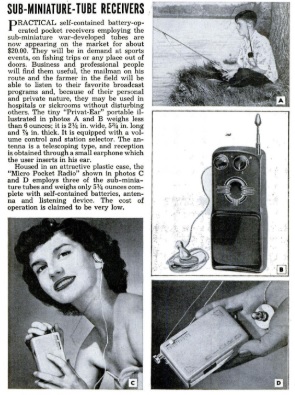
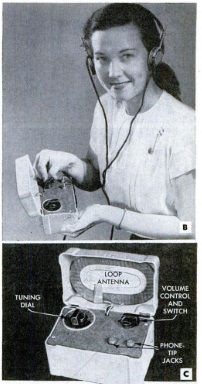

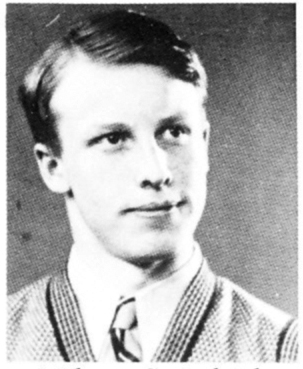

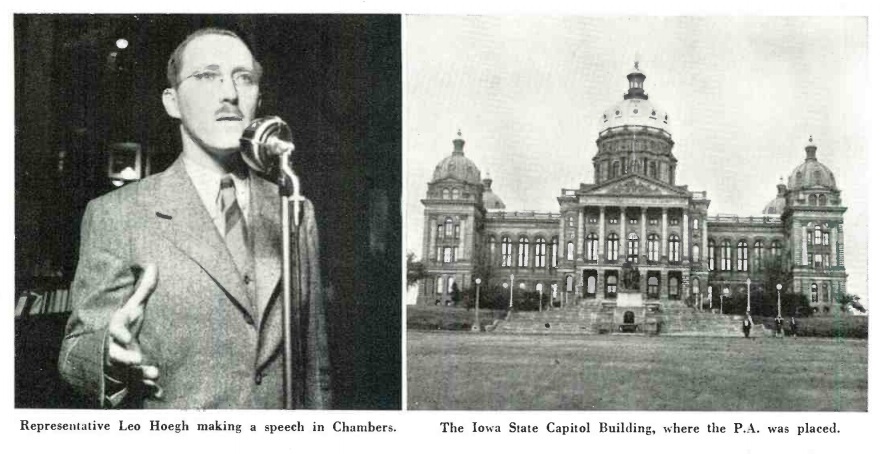
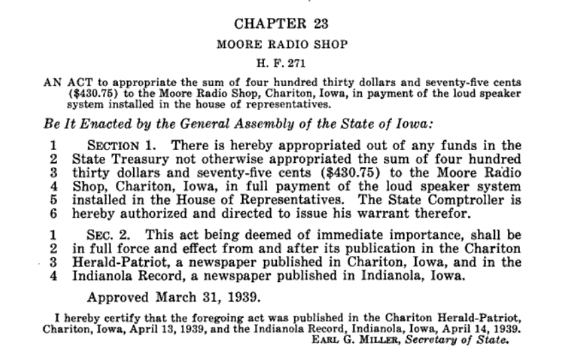
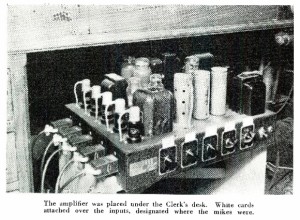


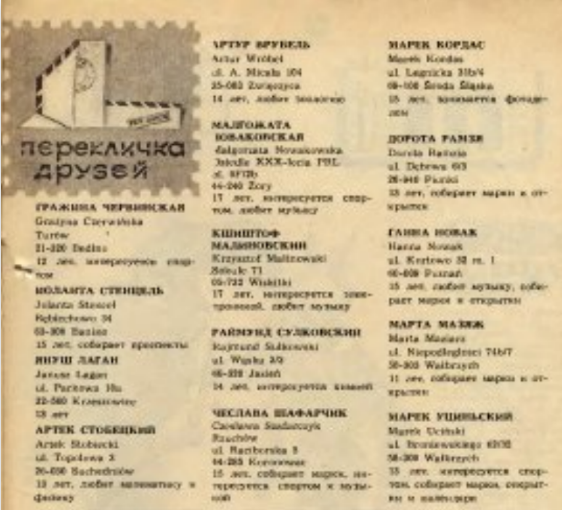

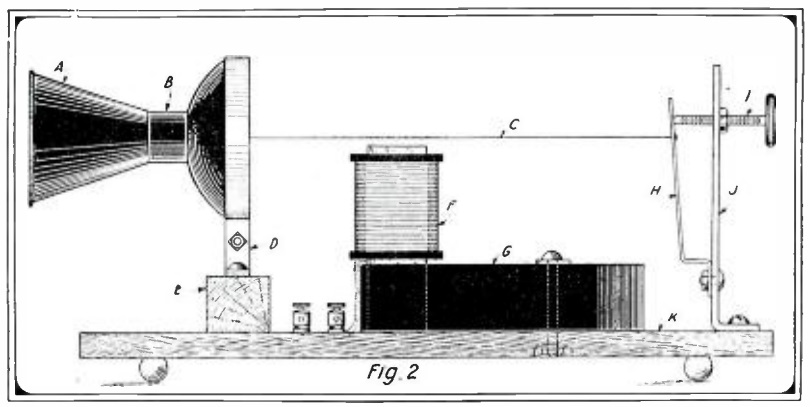
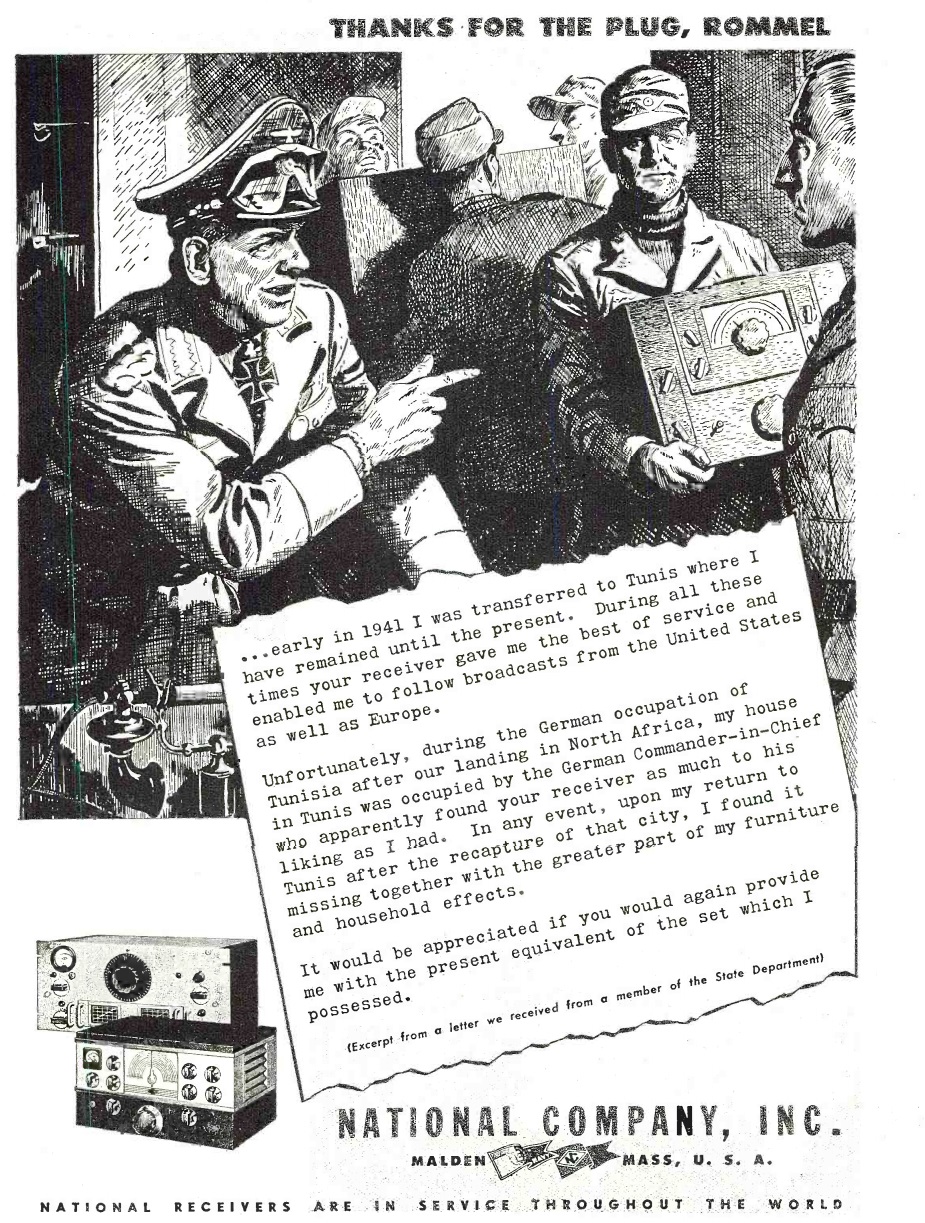

 The tradition of Scouts learning signaling continues with the Signs, Signals, and Codes Merit Badge, which I counsel in the BSA Northern Star Council. I have more information about the Merit Badge
The tradition of Scouts learning signaling continues with the Signs, Signals, and Codes Merit Badge, which I counsel in the BSA Northern Star Council. I have more information about the Merit Badge